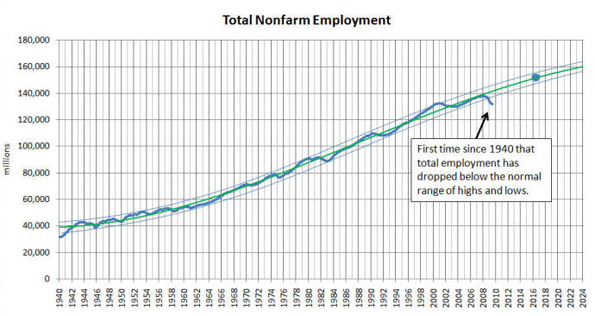Equilibria
Senior Member
- Joined
- May 6, 2007
- Messages
- 7,089
- Reaction score
- 8,330
Sorry, but this is also a bullshit argument. Things don't have to be ugly to do a job and do it well. We can have a beautiful, grand boulevard where Storrow is now that's effective at moving people from one end to the other at the same time, as well as effective at moving people into and out of the Back Bay.
Just because some or all of our existing infrastructure is ugly doesn't mean it all has to be.
Again, you're twisting my words to make a straw man. I never said everything has to be ugly looking. Hell, there are people on this board who I've heard eulogizing the Central Artery and elevated Green Line because they found the grit beautiful. I'm saying that you need to have a unified plan for the entire city in which it is assumed that there will be ample efficient access for all modes and commute patterns. That's very different from going from street to street trying to optimize for a single ideology of New Urbanism to the detriment of the entire system.
There is simply no principle of traffic management that would tell you that adding a whole bunch of stoplights and additional local traffic to a road while increasing the number of intersections will make that road more efficient. You are increasing flow and decreasing capacity. If 1800 cars are idling on Storrow today, then the 2500 cars that would be there after the downgrade would still be idling, only in addition to traffic congestion they'd be queuing for 5 minutes at each stoplight.
Honestly, I don't know where you get the idea that stoplights add that little time to a commute on a heavily-traveled artery. On Route 9 at Eliot St, I have personal experience with queues of over half a mile. That doesn't sound like much, but it's the distance from Clarendon St. to Gloucester St, and it can take 4 or 5 light cycles (something like 10 minutes at least) to clear that single signal at rush hour on what I think is a similarly loaded road, except for the fact that there isn't large amounts of local traffic entering from one side on Route 9.
You assume an "average speed of 20mph." That means no queues, all green lights, since one probably doesn't typically exceed 20mph much in flowing traffic in the city. That's not remotely realistic. 6 minutes is bad enough just by changing free flow speed. You're advocating 3 or 4 5-minute waits at traffic lights in heavy traffic (if not longer), so the number is really more like 20-30 minutes added to the commute.
For local access, one can currently take Comm. Ave, running parallel to Storrow Drive 275 feet away, less than a half a mile to reach a full interchange between the two. Given that you're advocating slowing down Storrow to the West of the Bowker Overpass, I fail to see how local access by car is improved much by downgrading Storrow. Pedestrian access doesn't improve much either, in my opinion - I respect that people may not "like" the bridges, but they do provide efficient access to the park. The only access that truly improves, IMO, is by transit if you assume a Riverfront Subway, which is probably a prohibitively expensive project no matter where it is.
That Storrow exists as a through route from the suburbs to the city and runs through a local neighborhood without serving it thoroughly bothers people and I get that. However, to use a transit analogy: the Lowell Commuter Rail line has passed through Somerville for decades without stopping. To give Somerville transit access, I don't think this board would have advocated adding 6 stations to the CR in Somerville, then telling commuters who complain about the added delay that they should take the Haverhill Line since they both start at North Station and kind of run parallel for a bit. GLX is intended to provide access without overly burdening the long-distance commuters, the same way as Comm. Ave. does for Storrow in the Back Bay.










